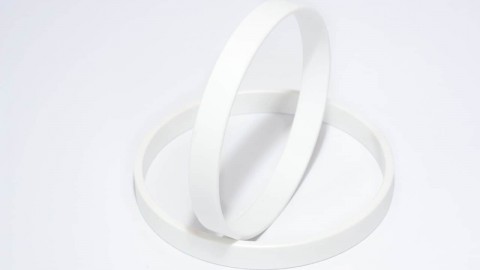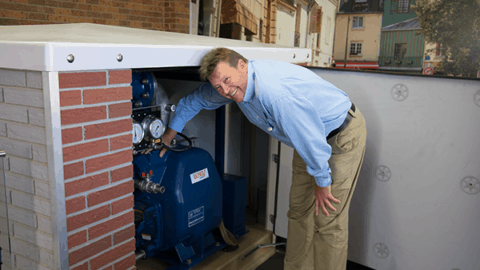by Sean Richardson, Manager – Customer Services, WEG Australia
Suppliers today generally seem to be running wild with the desire to create more value for their clients, providing extra features or services “for free”. This in turn creates a false value perception with respect to what customers actually need and then expect.
With this ever-increasing demand and expectation for extra “stuff”, how do manufactures, suppliers, designers and specifiers ensure that what is offered or asked for is actually needed or useful? It’s worth remembering that these extras, while often given as a gratuity to entice purchase, do actually incur a cost that will manifest somewhere!
Care should be exercised to make sure that what is specified is actually needed and will provide a tangible, measurable benefit.
For example, a high-efficiency motor running all day against a partially closed valve for flow control will not be providing an energy saving benefit when compared to other methods of flow control, such as the use of a variable speed drive matched with the pump to meet system demand, or sizing pumps more appropriately to duty point.
Equally, a high IP protection rating on a motor in a clean dry plant room won’t provide any additional protection against ingress of the (non-existent) water or dust. Does a motor that has been selected to operate in a system to a maximum of 80 per cent of its rated kW in a 40 degree ambient really need Class H insulation?
The answer to over specifying depends on various considerations. While it shouldn’t be argued that things like high efficiency, high IP ratings and high insulation class materials are not worthwhile, it should be considered that the use and assumed benefit — and the resulting cost — should be balanced.
Often when challenging a specification with a “why?”, the answer is regularly centered around non-technical matters such as “well, that’s what the competition has offered”. A potentially worse and more expensive response is “I don’t really know, that’s what I thought was the best”. As a result, any real application engineering is lost, with potentially poor cost and performance consequences for the end user.
Take the time to consider the specifics of the application, the needs and desires of the client, the feature and the benefit to that application, and then make an informed decision. Get supplier engagement, for example ask a motor supplier what their perspective is on the issue of motor supply and then balance that with your experience as a pump supplier. When you do that, your intellectual property, your experience and your knowledge become true commodities of value to the client.
That is then a real value proposition.
















